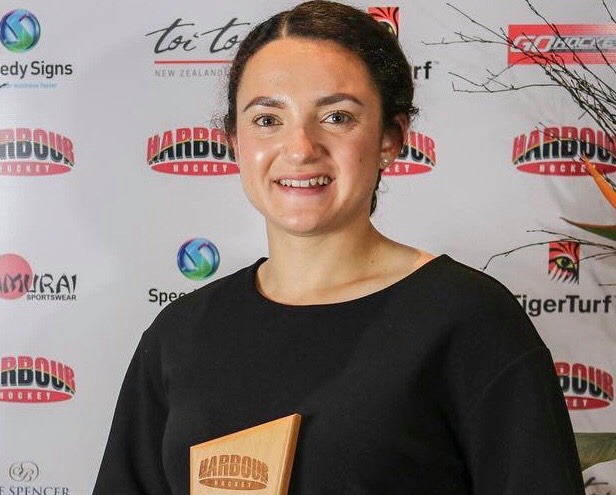
23 Jun Tyla Goodsell-Matthews internship: Kaupapa Māori in the health workforce
Over the 2019/2020 summer, I was privileged to have a University of Auckland partnered internship with Toi Tangata and the Growing the Puna programme. I was really excited to be able to experience how Te Ao Māori is implemented within the health workforce. As a future Māori health clinician, I have been exposed to current health statistics for our Māori communities at University and feel I have a responsibility to help change these statistics.
However, there is limited opportunity to learn about the practice from a Te Ao Māori worldview. Moreso, I am not confident in my place and ability to integrate and deliver this within my works because although I whakapapa Māori, I was not brought up within Te Ao Māori.
So for me, one of the biggest things I wanted to take from this internship was to become more confident in my identity as Māori. I wanted to learn, and have been challenged over the summer, to look at how I view situations, interact with people/communities and where I gather information from.
Our group of interns was lucky enough to not only be guided through our research projects through a Te Ao Māori lens, but to also be exposed and meet different people in the workforce already working with whānau Māori.
We had a training session with Cause Collective, Healthy Families South Auckland, where Alex took us through a session on how to implement codesign. A popular research approach within the public health space at the moment, it was very beneficial to start learning about how this complex process works. I really enjoyed this session as it was very different to the traditional academic research process that I had previously within University and it made me question how important it is to include the community directly affected by different problems in the entire process of coming up with a solution.
Another training session with Dr Ihirangi Heke was eye opening for me. I had never learned or thought about looking at the world with an Atua lens. Ihi emphasized how this framework is used to get Māori active, but changes the WHY for getting active from health, seen with Western physical activity health promotion, to getting active to connect with ngā Atua and the environment.
This session sparked many ideas in my mind about how a framework like this could be used within the nutrition space to get people, especially Māori, to change their nutrition behaviours not for their health, but for the connection within the environment.
Finally, spending time at Papatūānuku Kōkiri Marae in Māngere was humbling. Here we learned about food sovereignty through the marae back to the community and implementing sustainable farming practices. The marae uses the Hua Parakore framework as a guide for growing principles. This allows them to become Western certified organic growers. I loved seeing the community-based initiatives in practice that are working towards improving the health and food insecurity within their community.
The experiences and exposure I have had during the internship working within the Māori health space challenged my way of thinking and my beliefs as a health professional. I hope to continue these learnings and take them forward into my career so that I can be more competent, connected and confident in being a part of whānau Māori that I work with in the future.
Nā, Tyla Goodsell-Matthews



